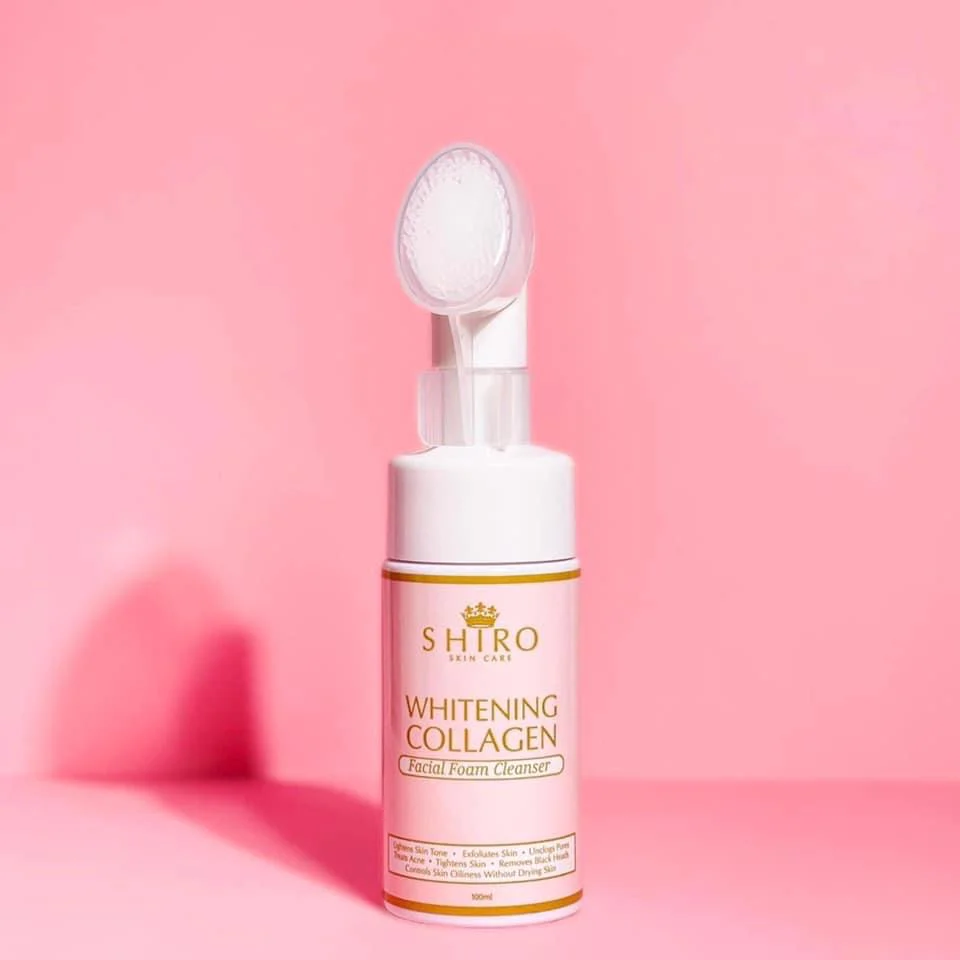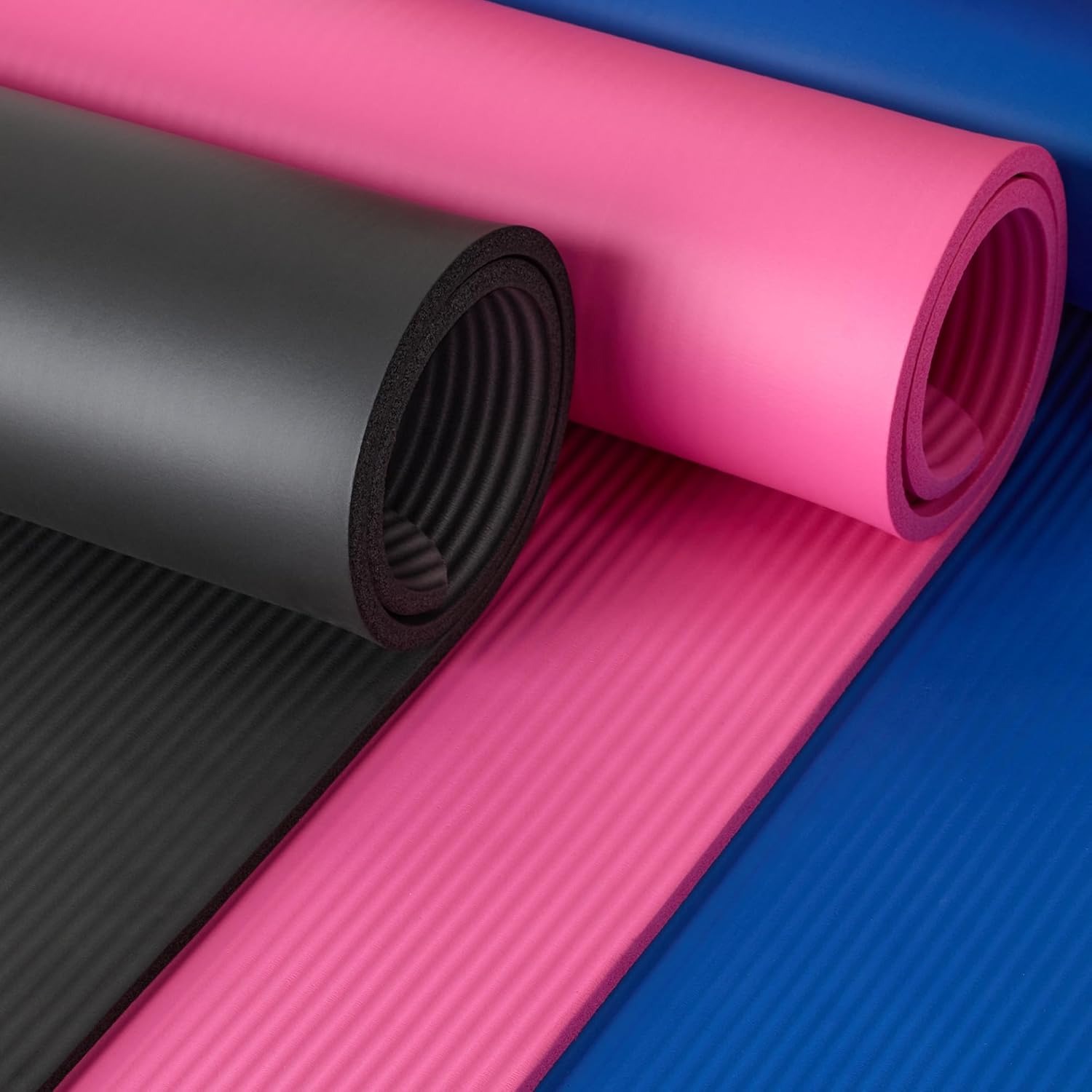What is Acne and Why a Specific Cleanser Matters
Acne is a common skin condition. It causes pimples, blackheads, and inflamed red growths. These can be painful and affect appearance. Skin oil and dead cells clog pores. This leads to acne growth. Bacteria can also cause inflammation.Choosing the right facial foam cleanser for acne is essential. The wrong one can make acne worse. Irritation and more skin oil can result from poor product choice. A good acne cleanser removes oil and dirt without harsh effects. It maintains the skin’s natural defense – the moisture barrier.
What you need is a cleanser that targets acne causes. It should be gentle and effective. Active acne-fighting ingredients are important. Salicylic acid and benzoyl peroxide are common. They attack acne at its source. Balancing skin oil and killing harmful bacteria are key actions.In short, a specific cleanser for acne works on the root problems. It treats existing acne and prevents new breakouts. Remember to choose wisely for healthy, clear skin.

Key Ingredients to Look for in Acne-Fighting Cleansers
When dealing with acne, the right facial foam cleanser can make a huge difference. Here are some vital ingredients to search for in an effective acne-fighting cleanser:
- Salicylic Acid: This beta-hydroxy acid deeply cleans pores. It helps exfoliate the skin, removing dead skin cells that can cause clogs.
- Benzoyl Peroxide: Known for its potency, benzoyl peroxide kills acne-causing bacteria. It also helps to clear blocked follicles.
- Alpha Hydroxy Acids (AHAs): These include glycolic and lactic acids. AHAs can improve skin texture and reduce the appearance of acne scars.
- Tea Tree Oil: This natural ingredient has antibacterial qualities. It helps to reduce inflammation and acne severity.
- Sulfur: Often found in combination with other ingredients, sulfur dries out the surface of the skin to help absorb excess oil that may contribute to acne.
- Niacinamide: Also known as vitamin B3, niacinamide can reduce skin inflammation and improve the skin’s barrier function.
Remember to look for these key ingredients in a facial foam cleanser for acne. They target different aspects of the acne-formation process. They work to treat existing acne and prevent future breakouts. Products combining these ingredients are often particularly effective. Opt for a cleanser tailored to your skin’s needs for the best results. Always introduce new products gradually. Monitoring your skin’s response is crucial.
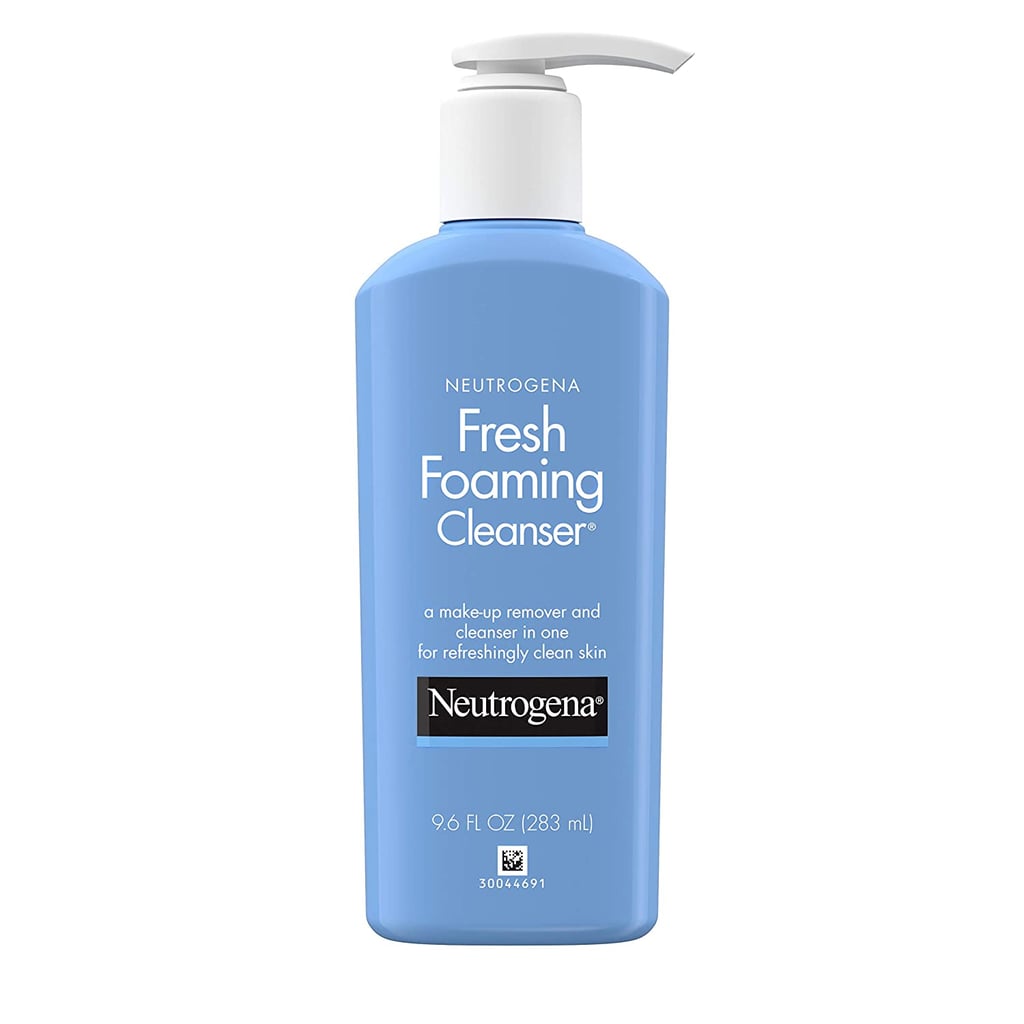
The Role of Foam in Acne Cleansers
Foam plays a unique role in acne cleansers. Its light, airy texture helps to deliver active ingredients more effectively. When you apply a facial foam cleanser for acne, the foam works to lift dirt and oil from the skin without harsh rubbing. This gentleness is crucial for acne-prone skin, which can be sensitive and easily irritated.
Foam cleansers are also great at providing a deep clean. They spread evenly, ensuring that no area of the skin gets overlooked. The foam’s action in cleaning pores is superior. It can prevent pore clogging, a primary cause of acne. By using a foaming cleanser, you’re less likely to have residual makeup or debris.
Additionally, foam is excellent for rinsing away cleanly. It leaves no residue, which means your pores stay clearer. The fresh feeling after rinsing is a sign of thorough cleansing – important for acne prevention.
In summary, foam in cleansers helps with gentle application, deep cleaning, and complete rinsing. These actions all support the fight against acne. Choose a foaming cleanser that balances effectiveness and gentleness for the best care of acne-prone skin.
Top Reviewed Facial Foam Cleansers for Acne-Prone Skin
Finding the top facial foam cleanser for acne isn’t always easy. Users around the world try different brands. They share reviews. This way, you can learn from their experiences. Below is a list of some top reviewed facial foam cleansers suited for acne-prone skin based on various user reviews.
- La Roche-Posay Effaclar Purifying Foaming Gel: Dermatologists often recommend this cleanser. It’s formulated for oily, acne-prone skin. It cleans deep without causing dryness.
- CeraVe Acne Foaming Cream Cleanser: This product includes ceramides and hyaluronic acid. These ingredients protect the skin barrier while combating acne.
- Neutrogena Oil-Free Acne Wash: This pink grapefruit cleanser has vitamin C and salicylic acid. Together, they fight acne and brighten the skin.
- Aveeno Clear Complexion Foaming Cleanser: Aveeno’s cleanser with soy extracts helps to improve skin tone. It is gentle and oil-free.
- Clean & Clear Essentials Foaming Facial Cleanser: This product is ideal for daily use. It washes away dirt, oil, and makeup effectively.
Research and select based on your skin’s needs. Look at reviews to understand how each product might work for you. Getting the right facial foam cleanser can help clear acne. It can also prevent new breakouts from forming.
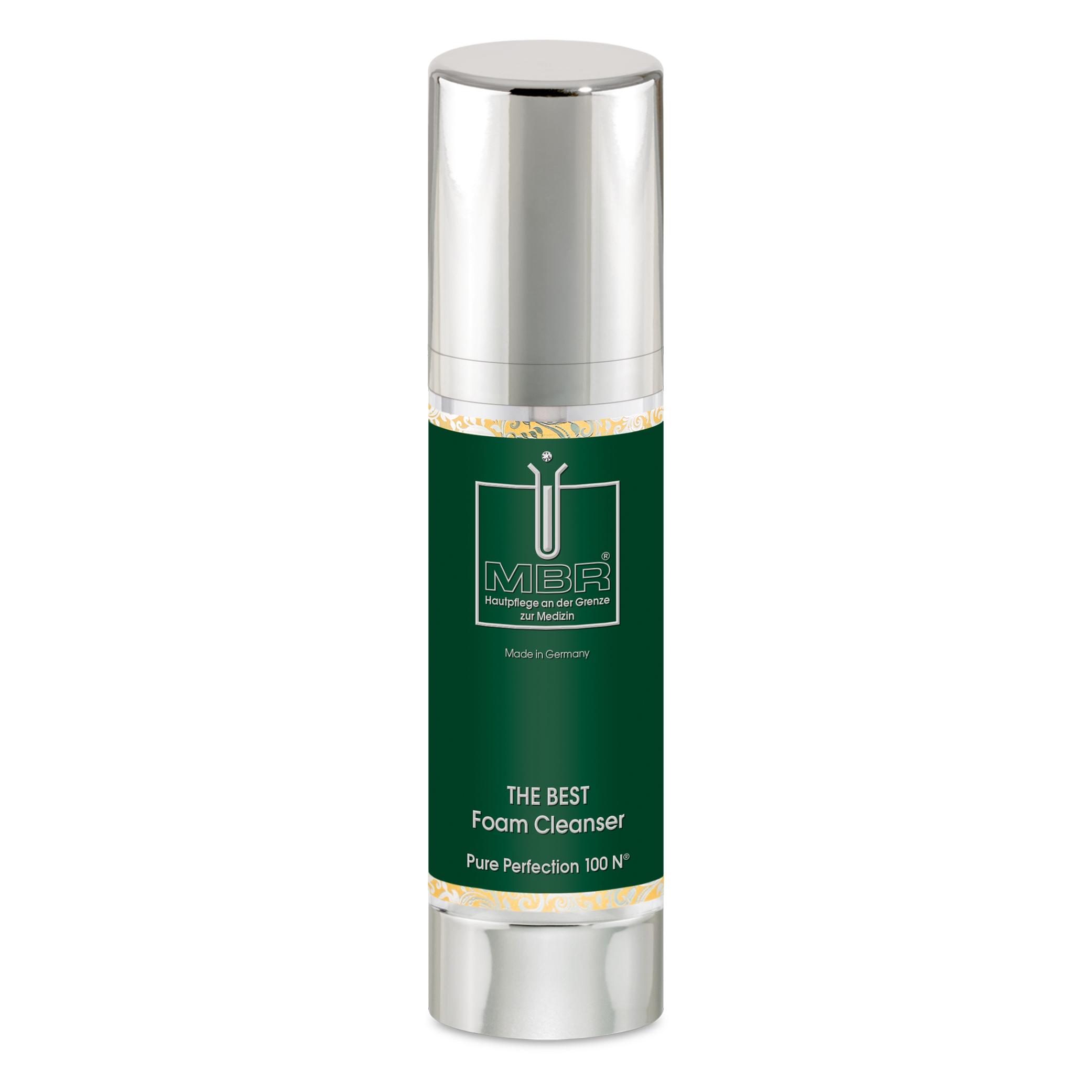
How to Properly Use Facial Foam Cleanser for Maximum Benefit
To get the most from your facial foam cleanser for acne, proper use is key. Here’s a step-by-step guide to ensure maximum benefits:
- Wet Your Face: Start with a splash of warm water to moisten your skin. It prepares your skin for cleansing.
- Apply Cleanser: Take a small amount of facial foam cleanser. Spread it evenly across your face using your fingertips.
- Gentle Massage: Use light, circular motions to massage the cleanser into your skin. Do this for about 30 to 60 seconds. Avoid rough scrubbing.
- Rinse Thoroughly: After massaging, rinse your face with warm water. Make sure to remove all foam and residue from the cleanser.
- Pat Dry: Gently pat your face dry with a clean towel. Do not rub, as this can irritate acne-prone skin.
- Follow with Moisturizer: Even if your skin is oily, a non-comedogenic moisturizer is important. It keeps your skin hydrated.
- Consistency: Use your facial foam cleanser twice a day. Repeat in the morning and before bed for best results.
Remember, being gentle is critical for acne-prone skin. Harsh treatments can worsen acne. Stick to a routine and give your skin time to adjust. Watch for reduced breakouts and clearer skin over time.

Understanding Skin Types: Customizing Your Acene Skincare Routine
It’s important to understand your skin type when choosing a facial foam cleanser for acne. Customizing your skincare routine to your specific skin type can enhance the effectiveness of your cleanser. Here’s a rundown of different skin types and tips for selecting the right cleaner:
- Oily Skin: This type is prone to acne due to excess sebum. Opt for a cleanser that can regulate oil production without stripping your skin.
- Dry Skin: If you have dry skin, look for hydrating ingredients. A cleanser should cleanse without removing natural oils.
- Combination Skin: This skin type requires a balanced approach. Find a cleanser that targets oiliness in the T-zone and hydrates dry areas.
- Sensitive Skin: Gentle, fragrance-free cleansers are best for sensitive skin. Avoid harsh chemicals that can trigger irritation.
- Normal Skin: Those with normal skin can use a variety of cleansers. Still, choosing one with acne-fighting ingredients is good for preventing breakouts.
Knowing your skin type helps tailor your acne skincare routine for better results. Always refer to ingredient lists to ensure suitability for your skin. And remember, consistency in using your facial foam cleanser, morning and night, is key to fighting acne.
Mistakes to Avoid When Choosing and Using Acne Cleansers
Selecting and using a facial foam cleanser for acne requires care. Many people unknowingly make mistakes. This can lead to more skin problems. Here are common errors to dodge:
- Overlooking Ingredients: Not all cleansers suit acne-prone skin. Avoid harsh elements. Alcohol and artificial fragrances can irritate. Look for salicylic acid and niacinamide.
- Ignoring Skin Type: Each skin type needs a special cleanser. Oily skin benefits from oil-control ingredients. Dry skin needs hydrating compounds.
- Excessive Cleansing: Too much washing can strip the skin of its natural oils. It can disrupt the skin barrier. Twice a day is usually enough.
- Using Harsh Scrubs: Scrubbing can inflame acne. It can also cause micro-tears. Use gentle, circular motions instead.
- Skipping Moisturizer: Some think acne-prone skin doesn’t need hydration. Wrong. Moisturizing helps maintain a healthy skin barrier.
- Inconsistent Use: Hopping between cleansers can confuse the skin. It’s best to stick to a routine. Give products time to work.
- Neglecting to Patch Test: Always test new products on a small skin area first. It can prevent allergic reactions or worsening of acne.
By avoiding these mistakes, your facial foam cleanser for acne can work better. It can help reduce breakouts and promote clearer skin.
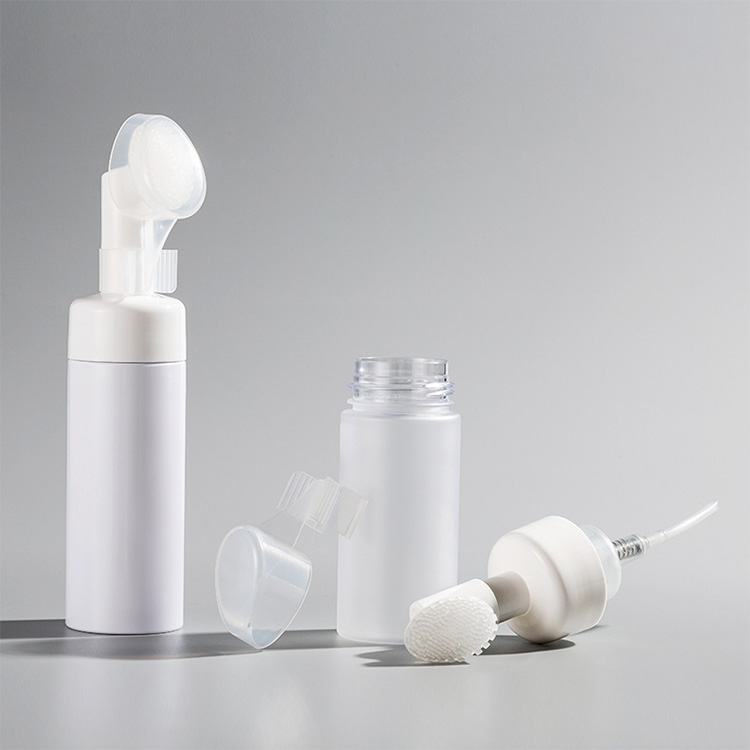
The Importance of Patch Testing and How to Do It
Patch testing is a simple yet crucial step before integrating any new facial foam cleanser for acne into your routine. Here’s why patch testing is so important and how you can perform it yourself:
- Prevents Allergic Reactions: Patch testing helps to identify if you have an allergic reaction to any of the cleanser’s ingredients.
- Saves Your Skin: By testing a product on a small area, you can avoid potential irritation or worse acne on your entire face.
- Confirms Suitability: It helps determine if the product suits your skin type and doesn’t cause excessive dryness or oiliness.
How to Patch Test a Facial Foam Cleanser
- Choose a Spot: Select a small, discreet patch of skin. Behind the ear or on the inner forearm works well.
- Apply the Cleanser: Use a tiny amount of the facial foam cleanser on the selected area.
- Wait: Leave the product on for the recommended time, often 24-48 hours, without washing it off.
- Observe: Watch for any signs of redness, itching, swelling, or irritation during and after the wait time.
- Evaluate: If there’s no adverse reaction, the cleanser is likely safe for use on your face.
- Proceed with Caution: Even if the patch test is clear, start by using the cleanser every other day. Monitor your skin’s reaction.
Remember, every skin is different. A cleanser that works for others may not suit you. Patch testing is the first defense against potential skin issues from using a new product. Always prioritize safety when dealing with acne-fighting products, especially when your skin is already sensitive.
